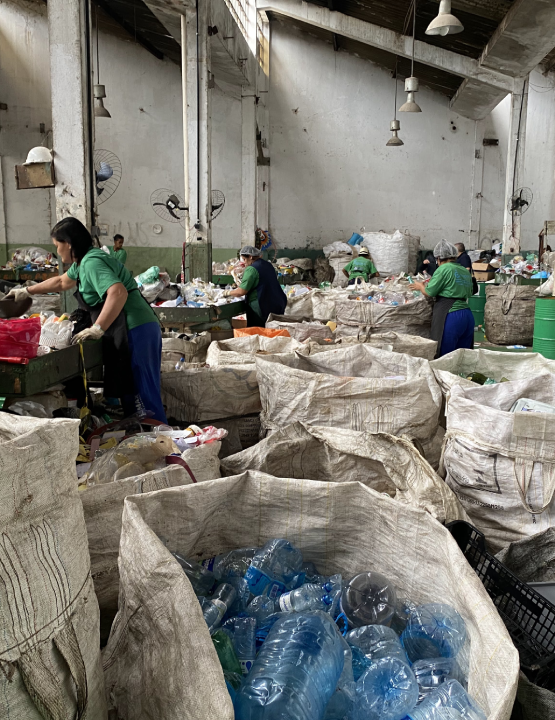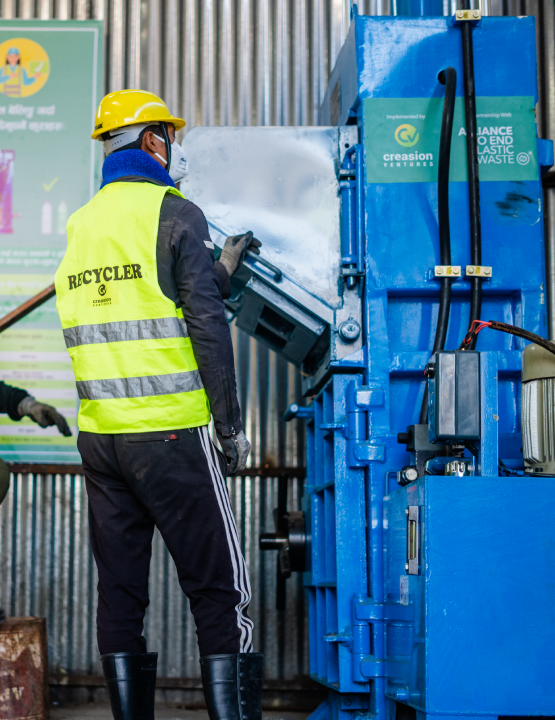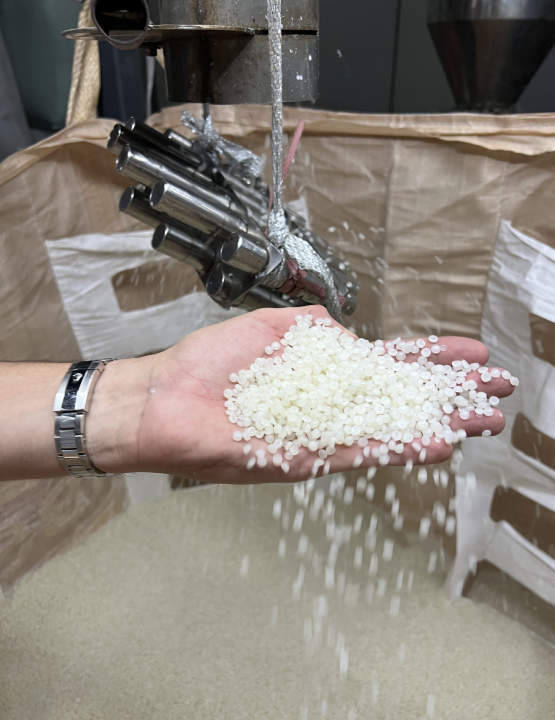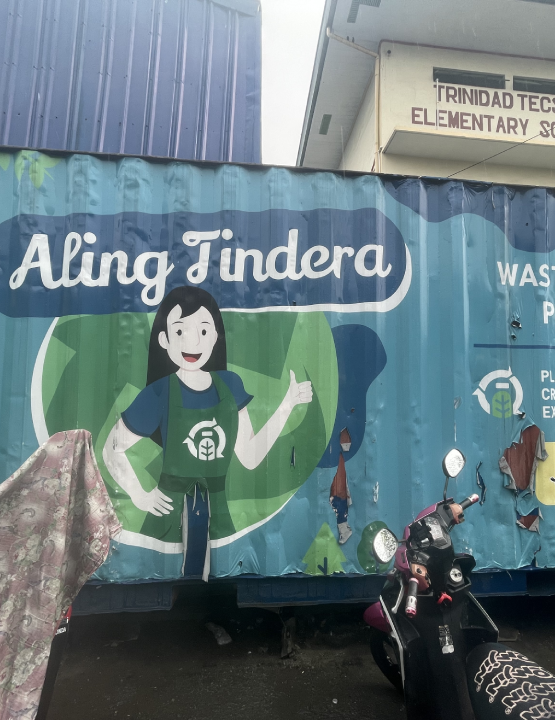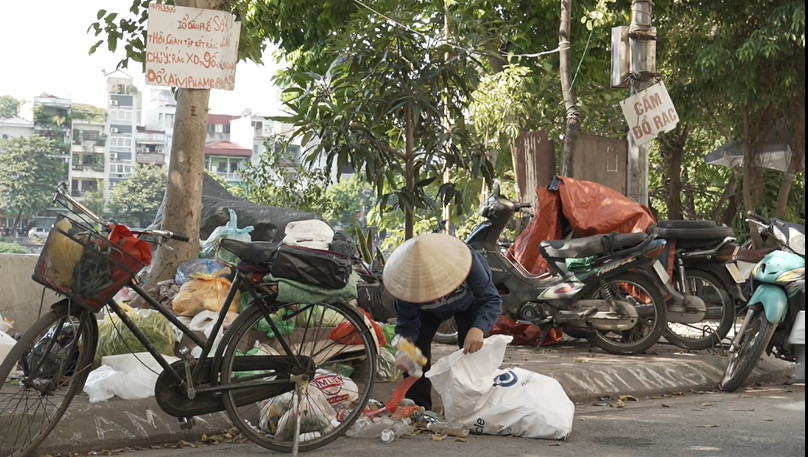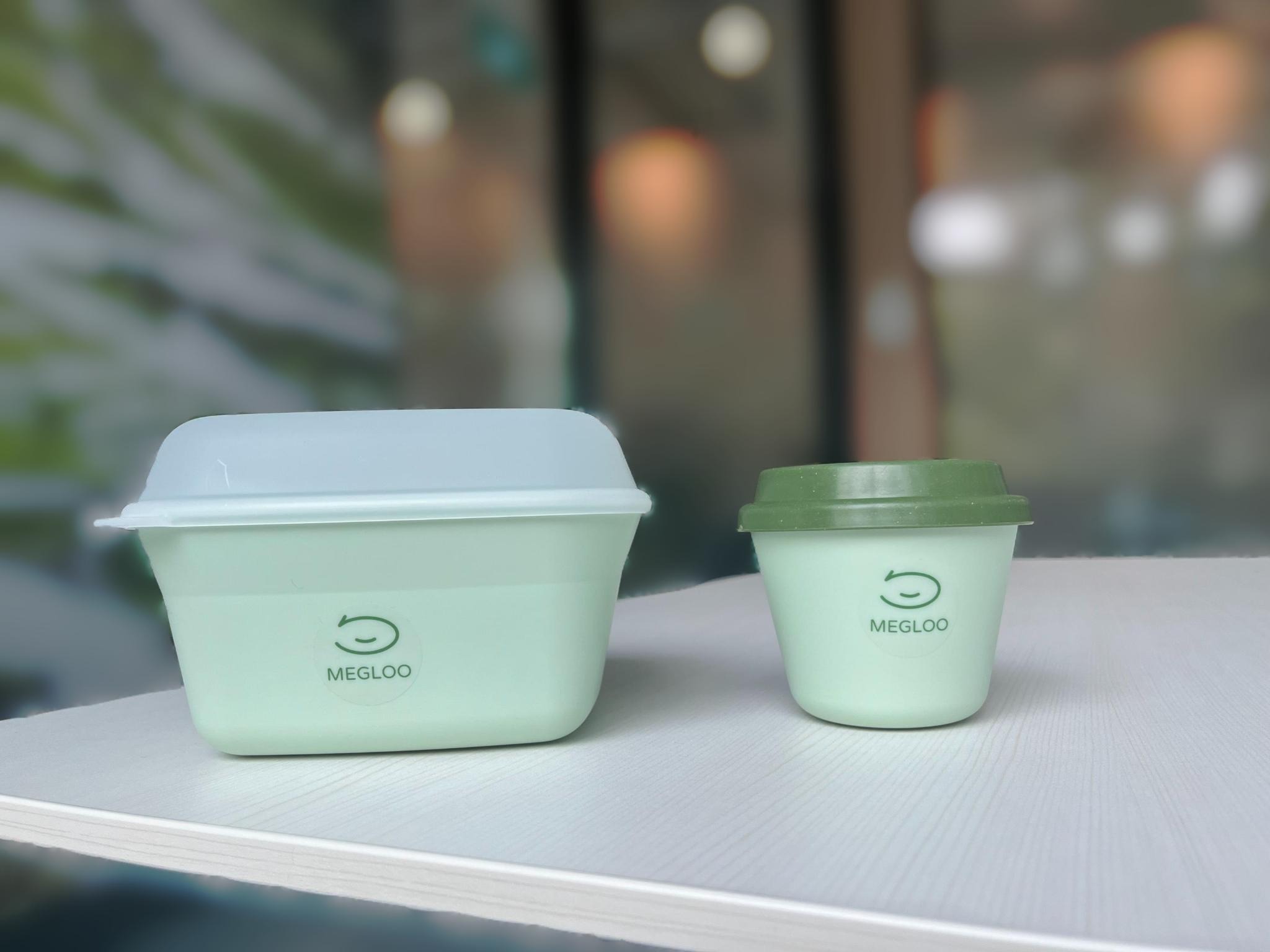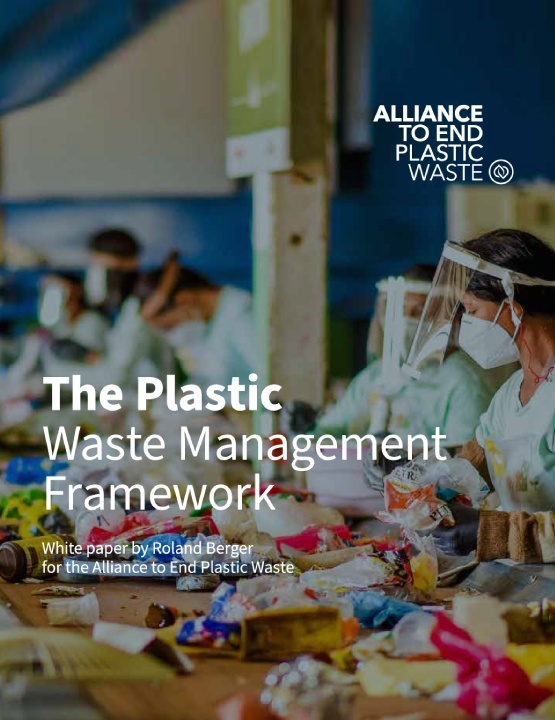Plastic is a highly versatile material and it touches every aspect of our lives. It is in the packaging we use, the cars we drive, the clothes we wear. It sits at the centre of the modern world, in communication networks, computers, and construction. As great as plastic is—when it has ceased being useful it can become a problem.

Why is waste management key to ending plastic waste?

Overview
According to the United Nations, the world generates 300 million tons of plastic waste every year, and what happens to this waste varies greatly from country to country.
Some have effective municipal waste management systems in place to collect and capture our waste, and recycle or dispose of it responsibly; while in others, plastic waste is uncollected, disposed of inadequately, or irresponsibly dumped or burned—causing a higher risk of leakage into our environment. The World Bank estimates a third of waste is “not managed in an environmentally safe manner”, and in developing countries, 90% of waste is openly dumped or burned.
Plastic is a useful material that often offers the best environmental choice in terms of resource and energy use, but it does not belong in the environment as waste. Adequate waste management systems are required—processes to collect waste and either dispose of it responsibly, or recycle it to make new products.
Grzegorz Lisak, Assistant Professor at the School of Civil and Environmental Engineering, Nanyang Technological University, Singapore, says it takes all sectors of society working together for an effective—and efficient—waste management system.
“Sufficient financing is needed to build and maintain the infrastructure for collection, processing, recycling, and disposal of waste.”
This gap must be filled to achieve a circular economy—a model that focuses on reducing, reusing, and recycling as much of our waste as possible to retain material value via a closed-loop system.
The Economics of Waste
Re-thinking about waste, more countries are starting to see waste as a resource and are investing in facilities to collect and process material for re-use, while introducing policies to encourage recycling. Once a significant scale of recycling is achieved, a system will approach affordable and sustainable economics; the UK’s waste management industry is estimated to be worth around £20 billion a year, and recycles some 380,000 tons of plastic bottles annually. The potential in other countries, including less developed nations, is considerable.
But recycling is only as effective as the waste management system it operates in.
Three Tiers of Waste Management System Maturity
Countries with little in the way of waste management are deemed to be in Tier 1, Manners says.
“Take Indonesia. With a population of 260 million people, less than half have their waste collected—and the percentage is much lower in rural areas. Much of the country, simply doesn’t have a system in place to effectively capture and process waste to prevent leakage.”
In places like Indonesia, Manners argues, people only worry about waste if it directly impacts their lives; when it clogs up a fishing boat’s propeller. Manners says organisations like the Alliance can help communities understand the scale of the problem and find long-lasting solutions to tackle it.
For example, in one of Manner’s projects with the Alliance, we are supporting the implementation of a formal collection, sorting and recycling system in Jembrana, Northwest Bali. With operations beginning rollout at the start of 2021, the system will eventually serve 160,000 people, some receiving waste management services for the first time.
For these Tier 1 cases, Manners says, the priority is to ensure that proper collection and responsible disposal is taking place, to bring an end to environmental leakage and to progressively/collectively move the entire community towards the second Tier.
The second Tier sees a system where waste is collected from households and then processed in an organised and planned manner, preventing environmental leakage from improper disposal. However, this process is still linear.
Linear models, where waste is collected and disposed of in landfills or through incineration with little to no recycling, come at a cost. A study by the World Bank estimates Southeast Asia alone loses an estimated US$6 billion a year when single-use plastics are not recycled. This shows why moving towards a circular economy—a model that focuses on retaining material value via solutions like recycling—not only is better for our environment, but makes good business sense.
These are the benefits Tier 3 countries are able to enjoy. Countries like the UK and Norway have effective collection, transportation and reprocessing, and recycling facilities for household and commercial waste. The high quantities of waste in large-scale systems, with the technology and infrastructure to produce high quality recyclables, allow operators to cover the operating costs of these systems. Even more powerful, circular solutions will in general bring a significant reduction in carbon emissions, helping the world meet its carbon goals.
However, even in countries with the highest recycling rates in the world—Norway recycles 43% of its plastic waste—there is no room for complacency.
Alliance’s Manners again: “We can find ways to achieve higher quality of recycled plastic, and we just have to keep looking at new approaches and better ways of doing things. That's the important thing— to keep investing in finding better ways to deal with the problem,” he concludes.
So, is there a ‘gold standard’ in waste management, something that can be held up as the ideal?
The Gold Standard, and How We Forge Ahead
According to Helen Bird, Strategy Engagement Manager at UK circular economy charity WRAP, no one country is quite there yet, though some are close.
“Germany is pretty good. There, recycling is encouraged through fiscal measures. You pay for your waste to be taken away, but not for your recycling. It’s a financial incentive for people to recycle.”
And while community engagement is important, what is taken away for recycling is also a factor in how effective a waste management system can be, says Bird.
“In Germany they’re collecting a wide range of materials, including plastic film. That’s really important, because nearly a third of plastic waste is plastic film. If you want to get high recycling targets, then you have to collect that material.”
The road to a sustainable future is in many cases paved with good intentions, but delivery will require committed efforts from governments, business leaders, and consumers.
A good starting point is education. With more people aware about the positive effects of recycling, then consumer pressure to use more recycled material increases, and the economic incentives to meet this demand will also grow.
We should address the amount of waste we all produce and produce less of it, and where we do generate waste, we should view it differently. We should re-use it as much as we can.
“Waste is not a waste, but a misplaced resource.”
Assistant Professor Grzegorz Lisak

